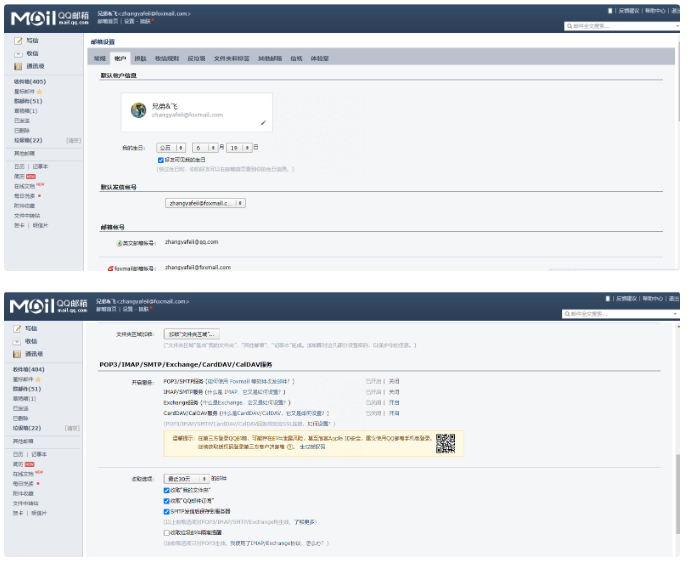深入学习 Golang GMP 调度器
1. 前言
Go 语言最大的魅力就是只需要 go 关键字即可快速创建一个 goroutine ,无需关注操作系统的调度细节,即可利用上多核轻松开发出高并发的服务器应用。理解了 Golang 调度器的机制,能让我们写出高性能的并发程序,也可以提升我们的问题定位、性能优化的能力。
2. 进程、线程、协程
任何并发程序,无论在应用层是何形式,最终都要被操作系统所管理。由此涉及到以下几个概念:
-
进程 (Process):操作系统分配资源的基本单位 -
线程 (Thread):CPU 调度的基本单位,一个核上同时只能运行一个线程,单线程的栈内存大小约 1MB -
协程 (Coroutine):轻量级、用户态线程。在 Go 语言中,有 goroutine的概念。当一个goroutine被创建出来时,分配的栈大小是 2KB,可见其「轻量」
3. 早期的调度模型:GM 模型
系统的设计往往都不是一蹴而就的,伴随着演进和优化,Golang scheduler 也不例外。1.1 版本前的 go,使用的是相对简单的 GM 模型来处理 goroutine 的调度,GM 实际是两个结构体,即:
-
G(Goroutine): 协程结构体,使用 go func()时,就会创建一个G -
M(machine): 处理线程操作的结构体,与操作系统直接交互
GM 模型包含一个全局协程队列,即所有新建的 G 对象都会排队等待 M 的处理。如图:
这样的设计在高并发下会带来以下问题:
What’s wrong with current implementation:
Single global mutex (Sched.Lock) and centralized state. The mutex protects all goroutine-related operations (creation, completion, rescheduling, etc). Goroutine (G) hand-off (G.nextg). Worker threads (M’s) frequently hand-off runnable goroutines between each other, this may lead to increased latencies and additional overheads. Every M must be able to execute any runnable G, in particular the M that just created the G. Per-M memory cache (M.mcache). Memory cache and other caches (stack alloc) are associated with all M’s, while they need to be associated only with M’s running Go code (an M blocked inside of syscall does not need mcache). A ratio between M’s running Go code and all M’s can be as high as 1:100. This leads to excessive resource consumption (each MCache can suck up up to 2M) and poor data locality. Aggressive thread blocking/unblocking. In presence of syscalls worker threads are frequently blocked and unblocked. This adds a lot of overhead.
(原文见 Scalable Go Scheduler Design Doc)
翻译总结一下,即存在以下优化点:
-
全局锁、中心化状态带来的锁竞争导致的性能下降 -
M 会频繁交接 G,导致额外开销、性能下降。每个 M 都得能执行任意的 runnable 状态的 G -
对每个 M 的不合理的内存缓存分配,进行系统调用被阻塞住的 M 其实不需要分配内存缓存 -
强线程阻塞/解阻塞。频繁的系统调用导致的线程阻塞/解阻塞带来了大量的系统开销。
由此演进出经典的 GMP 调度模型
4. 高效的 GMP 调度模型
为了解决 G 和 M 调度低效的问题,中间层 P(Processor) 被引入了。
-
P(Processor)即管理goroutine资源的处理器
由此得以将原先的系统线程资源管理 M 与 goroutine 对象 G 解耦。
除此之外,GMP 还引入了几个新概念:
-
LRQ (Local Runnable Queue)本地可运行队列,这个「本地」,是针对 P 而言的,是指挂载在一个 P 上的可运行 G 队列 -
GRQ (Global Runnable Queue)全局可运行队列
如下图所示:
LRQ 与 GRQ
从 runtime 源码可知,整体的调度流程如下:
runtime.schedule() {
// only 1/61 of the time, check the global runnable queue for a G.
// if not found, check the local queue.
// if not found,
// try to steal from other Ps.
// if not, check the global runnable queue.
// if not found, poll .NETwork.
}
翻译一下,即
-
只有 1/61 的情况下,会检查 GRQ 来获取一个 G 来运行 -
如果没找到,则检查 LRQ -
如果 LRQ 也为空,则尝试从其它 P 上偷 G -
如果偷不到,就再检查 GRQ -
如果还是没事干,就会从 Network Poller上拿一个。这里的Network Poller是 go 管理网络调用的模块,如下图,当出现网络 IO 时,就会将当前的 G 移交到Network Poller处理。P.S.Network Poller的实现,又可以扯一篇文章出来了,以后有空专门开一篇分析。

于是 G1 被挪到 Net Poller 进行异步网络调用,现在 M 就可以执行 G2 了
Work-stealing 机制
GMP高性能的关键,在于引入了 work-stealing 机制,如下图所示:
work-stealing 机制
当一个新的 G 被创建时,它会被追加到它当前 P 的 LRQ 队尾。当一个 G 被执行完时,它当前的 P 会先尝试从自己的 LRQ 中 pop 一个 G 出来执行,如果此时队列为空,则会随机选取一个 P 并偷走它一半的 G ,对应图中,也就是 3 个 G
这就好比公司里的卷王,自己的需求做完了,还要悄悄把摸鱼大王的需求清单里一半的需求都挂到自己名下,囧
最后一个疑问:GRQ 什么时候被写入呢?
这又涉及到 G 创建时的分配流程了,我们知道,goroutine 都是由老的 goroutine 分配出来的,mAIn 函数也不例外,因此每个 G 被分配的时候已经有一个老 G 和对应的老 P 了,在挂载 G 到 P 上时,也会优先挂在到老 P 的 LRQ 上去。但是老 P 的 LRQ 其实是有限的,当挂满的时候,这个新 G 就只能挂到 GRQ 上,等待被调度了。可以参考源码中 P 的定义,其中 runq 就是 GRQ 了:
type p struct {
...
// Queue of runnable goroutines. Accessed without lock.
runqhead uint32
runqtail uint32
runq [256]guintptr
...
}
5. 小结
本文讲解了 go 语言调度器的发展及基于 GMP 的 work-stealing 策略,这个「偷」可以说是非常精妙啦~ 这是 「Golang 并发编程」 系列的第一篇文章,如果对你有帮助,可以点个关注/在看来激励我继续写文章~



























